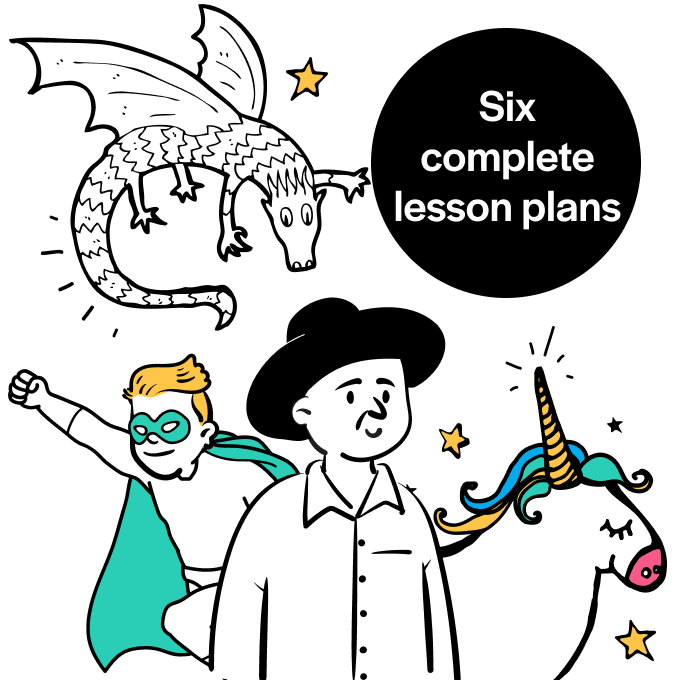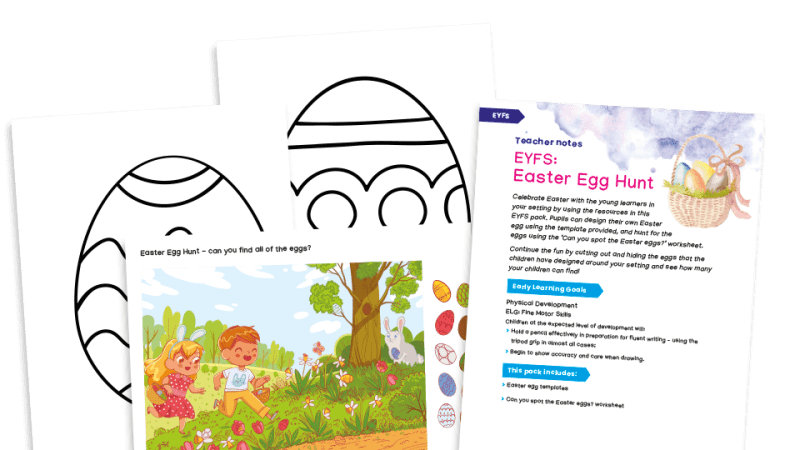Save on time and workload with work booklets you can use year after year

Want an end to firing up the laptop at 11pm to throw a worksheet together? Look no further than the work booklet, says Jon Hutchinson…

- by Jon Hutchinson
- Director at the Reach Foundation, writer and co-founder of Meno Academy Visit website

In the previous instalment of this series on curriculum, we discussed knowledge organisers, everyone’s favourite new classroom tool.
This humble sheet of A4 paper, a careful curation of core facts, can be extremely powerful. Knowledge organisers provide clarity to teachers, leaders and parents about the minimum, necessary content for each topic.
However, knowledge organisers by themselves aren’t enough.
They cannot, on their own, constitute a curriculum.
This is because knowledge organisers don’t meet the seven principles set out by Dylan Wiliam – that a curriculum should be balanced, rigorous, coherent, vertically integrated, appropriate, focused and relevant.
So we have added new curriculum element for each of our subjects: work booklets.
For every unit of work, we have written a booklet that includes all of the text, questions, images, activities and tasks that all pupils must complete. The booklet is split into six lessons, each with a key question.
For example, the first lesson on the Shang Dynasty unit begins by asking “How do we know about the Shang Dynasty?” Then, for each lesson, we have written between 500 and 1,000 words at an age-appropriate level, giving all of the information necessary to answer the question.
Work booklets are not, however, simply an information sheet. The text is interspersed with images (for example, of maps or artefacts) and short questions that focus children’s attention on the important facts.
To take one example, pupils are asked, “What did the Shang use oracle bones for?” The answer to this question can be found in the text that pupils have just read together: priests used these bones to write questions to their ancestors about the future.
Finding and discussing this answer helps all pupils understand that written records have helped historians learn about the Shang.
There are a variety of tasks that we use within each lesson, ensuring all pupils regularly pause to think hard about the content that they are learning.
Cognitive scientist Dan Willingham notes that “memory is the residue of thought”, which means that we only remember what we think about.
Planning questions to intentionally direct pupils’ thinking on what it is that we want them to remember, then, makes it more likely to be retained in the long term.
Joined-up thinking
This booklet approach has a number of advantages. First, we can guarantee that each unit is rigorous; it is carefully thought out and challenging. Second, learning can remain focused.
Teachers ask pupils to read the text aloud before setting the task that relates to what they have just learnt.
Writing a series of lessons like this also ensures that learning is well sequenced, as each lesson builds on the last, and lays the foundations for what will come ahead.
More than this, though, with the content so meticulously set out, links can be carefully crafted across units, giving vertical alignment.
It is in this respect that the detailed booklets shine. When pupils study, for example, the Ottoman Empire during our Middle East unit in Y5, they learn about Suleiman the Magnificent.
Since we know that all pupils study Alfred the Great during their Anglo-Saxons unit in Y4, as well as Alexander the Great during the Y3 Ancient Greeks unit, we can now ask all pupils to complete a comparative task.
What made each of these leaders ‘great’ or ‘magnificent’? Would we still consider these characteristics ‘great’ today? How do these leadership decisions relate more generally to building empire and legacy?
Flexibility
In taking such an approach, we have begun to move away from what Dan Willingham terms inflexible or rote knowledge, and towards flexible knowledge. What is the difference?
While pupils might learn a definition for a particular term off by heart, this knowledge may be inflexible since it is shallow. It lacks real meaning. Flexible knowledge, on the other hand, is more abstract.
Asking pupils to take a similar concept (for example, building an empire) and analyse different, concrete examples of this (for example, Alexander or Suleiman) requires them to go beyond surface features.
This is only possible, however, if the curriculum is suitably detailed.
You may be reading this and be wondering about where the teacher’s autonomy is when taking such an approach.
It’s a legitimate concern, and one that we’ve wrestled with. Define a curriculum in too much detail, and teachers may resent having no role in planning the lessons that they teach.
Define a curriculum too loosely, and pupils will miss out on the opportunity to revisit key learning, make connections and embed the knowledge in long-term memory.
We need to be honest and accept the fact that with any curriculum decision, there will be trade-offs. People will disagree about where the balance lies.
Fail-safe approach
Although there are at times lively debates about how best to educate children, I haven’t yet met a teacher who isn’t deeply passionate and personally driven to close the gap between the highest and lowest attaining in their class.
One thing that we have been particularly cognisant of is the fact that pupils don’t arrive at school on an equal footing.
They are gloriously unique and diverse. Some come with bags of background knowledge, which helps them make sense of the lessons and the world that they need to navigate. Some don’t.
At Reach Academy, we wanted to build a curriculum design that fails safe. This means that it works for every single pupil in the class, without relying on a superstar teacher, or pupils learning about the topic at home.
When writing the booklets, we assumed that if children didn’t learn it in lessons, they wouldn’t learn it. This is because for some of our kids, that will be true.
These are the children who will already have the lowest levels of prior knowledge. As a result, they will find new learning more difficult.
It is these children who are most likely to be behind their peers, so we are most interested in them, and have them at the front of our mind when writing the booklets.
Some pupils may well go home and learn tons more about the subject. That’s wonderful, but we can’t design a curriculum based on that assumption, because those pupils who don’t have that option will always come up short.
Topic by topic, year by year, this gap widens incrementally and cumulatively, until the chasm is insurmountable.
The autonomy of the teacher, then, rests not in the implemented curriculum (the materials needed to deliver the content) but in the enacted curriculum – how it is delivered and brought to life.
Individual teachers are best placed to understand the pupils in their own class and how to make the learning exciting and engaging. And since they have been given all of the materials necessary to teach their lessons, they have the time and headspace to focus on this aspect of teaching.
Time saver
Our work booklets have been kryptonite to heavy workload expectations of teachers. At the beginning of the term, you print off a booklet for each child in your class. Congratulations, you’ve just completed all of the resourcing you will need for the next six weeks.
No more firing up the laptop at 11pm to throw a worksheet together. No more mad rushes to the photocopier at lunchtime. No more googling for a PowerPoint on the Vikings.
Work booklets, then, are the ultimate recyclable resource; they can be used year after year. They can be sent home to give pupils a chance to read with parents ahead of a lesson.
They can be given to teaching assistants to revisit the learning with pupils who found the content difficult, or who are slipping behind. With a set of great work booklets, then, we can unleash teachers to provide a truly transformational education for their pupils, without burning them out.
Download a work booklet on the Anglo-Saxons and Scots at here.
Find all six articles in this series on taking a curriculum deep dive, here.
Jon Hutchinson is assistant headteacher at Reach Academy Feltham. Follow him on Twitter at @jon_hutchinson_.










